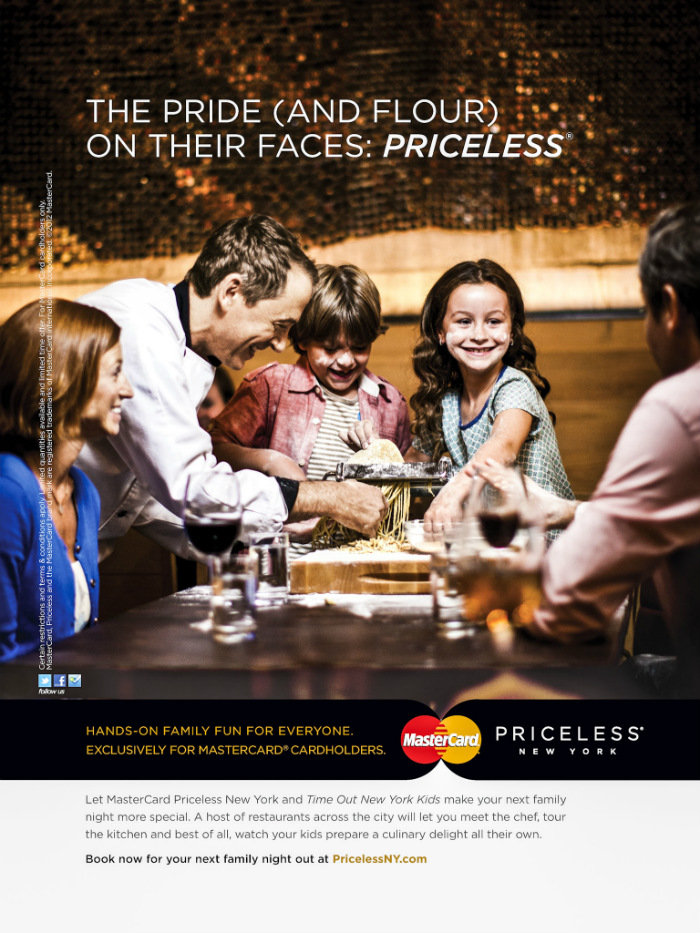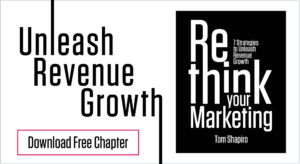The Power of Designing for Emotion

Can you remember the last time you were calling customer support and were put into a Byzantine voice mail system? I don’t know about you, but last time I had to wait five minutes and repeat myself because the voice recognition technology didn’t understand what I said, I got angry and frustrated.
Even though it’s merely a piece of software, we are creatures of emotions. When we interact with someone or something, we have expectations of how it should go, and if they are not met we’re dissatisfied. Sometimes we even start freaking out.
Everything Has a Personality
We are drawn to things that make our heart beat faster, that give us the joy of being surprised, and that touch us deeply. The emotions we feel enable us to assign a meaning to our experiences and to project meaning on what we see.
Think about how you operate online. You visit a website, and it’s as if you’re interacting with a person. The site either delights you and gives you some sort of satisfaction, or it frustrates you and angers you. But the reality is that a website is merely bits and bytes. It has no inherent emotion, nor does it inherently produce emotions.
Stanford University professors Byron Reeves and Clifford Nass in their studies found that people react to technology identically to how they react to other people. It’s why we feel very uncomfortable if the video quality is choppy and slightly delayed in a video conference – regardless that the technology is not human, we freak out anyway.
If my visit to your website doesn’t meet my expectations as user, site visitor, or buyer, I will draw conclusions from that experience to your entire way of conducting business. Every brand, every website, every social media account, every advertisement, every billboard, and every email has a personality, whether you intend it to or not.
Let’s take a look at three reasons why you should be highly intentional with the emotions you strive to evoke in your customers when designing a website, product, marketing message – literally anything.
1. Emotions Empower Decision Making
Even if we like to think that we are rational decision makers, we are not. When making a purchase decision we might think we weighed all pros and cons, but what most likely happened, is that we made an emotional decision and then justified it with logical reasoning afterwards.
The neuroscientist Antonio Damasio has proven through his studies that it’s extremely difficult for us to make decisions when emotions have been taken out of the equation. He studied people with damage to the part of the brain that triggers emotion (in other words, these individuals couldn’t feel any emotion), and he found that they had an extremely difficult time making any decisions, even as simple as what clothes to wear in the morning.
Imagine if what most of us would consider a simple decision already causes trouble, how physically and mentally challenging your marketing makes it to buy from you if your brand is not evoking an emotional response from your audience.
Marketers can go on and on about how great their products, services, and people are. But at the end of the day, that’s not what drives a person to action. It’s emotion.
2. Emotions Affect Attention & Memory
Our brain has to manage 3,000 – 5,000 marketing messages daily, while wandering 30% of the time according to behavioral psychologist Susan Weinschenk. Cognitive overload is a real problem and grabbing your customer’s attention has never been more challenging. You won’t be able to cut through all that noise by only talking about yourself or your product.
One of the most shareable forms of content is the type that evokes emotional responses. When you see something that made you laugh, cry, or that touched you deeply, you’re more likely to share it with your friends. The reason behind this phenomena has been identified in a UCLA study on how ideas spread and which brain regions are affected during that process.
According to Matthew Liebermann, UCLA professor of psychology and of psychiatry and behavioral science, “people are regularly attuned to how things they’re seeing will be useful and interesting, not just to themselves, but also to other people. We always seem to be on the lookout for who else will find this helpful, amusing or interesting, and our brain data are showing evidence of that.”
We share to entertain, inspire, and be useful. With that in mind, your content is more likely to ‘create buzz’ when it evokes emotions.
3. Emotions Create Relationships & Referrals
In human relationships, personality traits determine who we interact with, who we like, and who we trust. We seek personality traits that are similar to our own, or those whom we aspire to be. A brand’s personality is no different from that.
According to Reeves & Nass, we unconsciously perceive and interpret emotional expression in things. Then we form relationships with them based on the personalities we’ve given them.
When you design your products and marketing according to the personality traits and aspirations of your customers, you help them identify with your brand.
A great example is Nike’s iconic “Just Do It” campaign. It’s not about shoes, it’s about being a certain kind of person. Even in a B2B environment, we are still talking about human buyers and so the effect of emotional marketing is just as powerful. With Autodesk’s “The Future of Making Things” campaign, it’s not about the technical code underlying the software, it’s about being about to make totally cool and rad stuff.
When you make it about your customers instead of talking about yourself, you can turn customers into referrers that are more likely to promote your products to their friends, colleagues, and fans.
Design for Emotions
In the book “Designing for Emotion,” Aaron Walter talks about the principles of emotional design, “…which use psychology and craftsmanship to create an experience that makes them feel like there’s a person, not a machine, at the other end of the connection.”
Knowing this, it’s critical to think deeply about your brand’s personality and the emotions you hope to evoke through your brand touchpoints. When designing a website or landing page or any digital experience, it’s critical to design for emotion.
Too often, companies focus exclusively on what they want to say. On everything that they think the audience should know about their product or service. Instead, start from the real connection you’re striving to build.
The most powerful brands such as Apple, Google, Intel, IBM, Nike, VISA, and Amazon rely on emotions. Mastercard’s memorable PRICELESS marketing campaign, including messaging such as “There are some things money can’t buy. For everything else, there’s Mastercard.”, puts the emotional moment of pricelessness in the center of its campaign.
When you create your next landing page, marketing campaign or social media post, this is what you should do, too. Instead of being purely transactional, make sure to connect with the emotions of your customers. Develop an emotional bond. Prioritize the emotional reaction over all else.
The Future of Emotion
Smart companies are already focusing on emotional marketing. Apple bought the emotion detection technology company Emotient earlier this year. The emotion AI company Affectiva has attracted $34 million in funding overall. Unilever already tests thousands of ads with emotion detection technology prior to broadcasting on TV. According to MarketsandMarkets the emotion detection market overall is expected to reach $22.65 billion by 2020.
The future of emotional marketing will be shaped by uniquely interactive digital experiences that read and respond to human emotions. Imagine if you sell a product/service and you sense a prospective buyer losing interest during a brand touchpoint. Now imagine dynamically changing the conversation accordingly, calibrating your marketing and calls-to-action based on their facial expressions and reactions throughout the course of the experience. Emotion recognition has the potential to be a true game changer.
Summary
Emotional design and marketing is not something rarefied that only a few innovative marketers can do. Most design and marketing can be emotional. Is your brand talking about itself, or do you create an experience your customers want to be part of? If you’re creating an experience, is your design evoking the emotions that let your potential buyers dive into a future they aspire to have? Because it’s emotion that guides them towards clicks and conversions.


